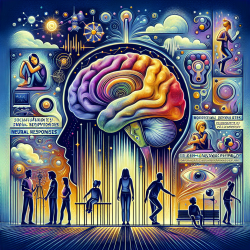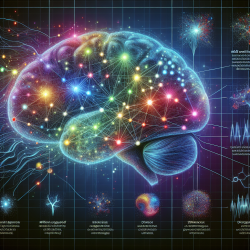Understanding Social Anxiety: Insights from Neural and Behavioral Responses
Social anxiety disorder (SAD) is a prevalent condition characterized by intense fear and anxiety in social situations. It can lead to significant impairments in daily functioning and is often associated with other psychological issues such as depression and substance abuse. A recent study titled "Is there less to social anxiety than meets the eye? Behavioral and neural responses to three socio-emotional tasks" provides new insights into the neural and behavioral responses associated with SAD.
Key Findings
The study explored the neural and behavioral responses of individuals with SAD compared to healthy controls (HC) using three socio-emotional tasks: viewing looming harsh faces, watching videos of social criticism, and reading negative self-beliefs. The researchers utilized functional magnetic resonance imaging (fMRI) to assess brain activity, focusing on the amygdala and insula, regions traditionally associated with emotion processing.
Interestingly, while individuals with SAD reported heightened negative emotions across all tasks, there were no significant differences in amygdala and insula activity between the SAD and HC groups. This suggests that the heightened emotional responses in SAD may be more related to cognitive processes such as distorted appraisals and attention biases rather than differences in basic emotion processing regions.
Implications for Practitioners
For practitioners working with children, these findings highlight the importance of focusing on cognitive processes in the treatment of social anxiety. Interventions that target cognitive biases and promote effective emotion regulation strategies may be particularly beneficial. Practitioners are encouraged to consider the following strategies:
- Incorporate cognitive-behavioral techniques that address negative self-beliefs and attention biases.
- Focus on enhancing emotion regulation skills through mindfulness and relaxation techniques.
- Utilize exposure therapy to gradually reduce fear responses in social situations.
Encouraging Further Research
The study's findings also open avenues for further research. Future studies could explore the impact of different types of socio-emotional stimuli on neural responses in SAD, including positive stimuli such as social praise. Additionally, examining the role of emotion regulation processes in SAD could provide deeper insights into the mechanisms underlying the disorder.
To read the original research paper, please follow this link: Is there less to social anxiety than meets the eye? Behavioral and neural responses to three socio-emotional tasks.










